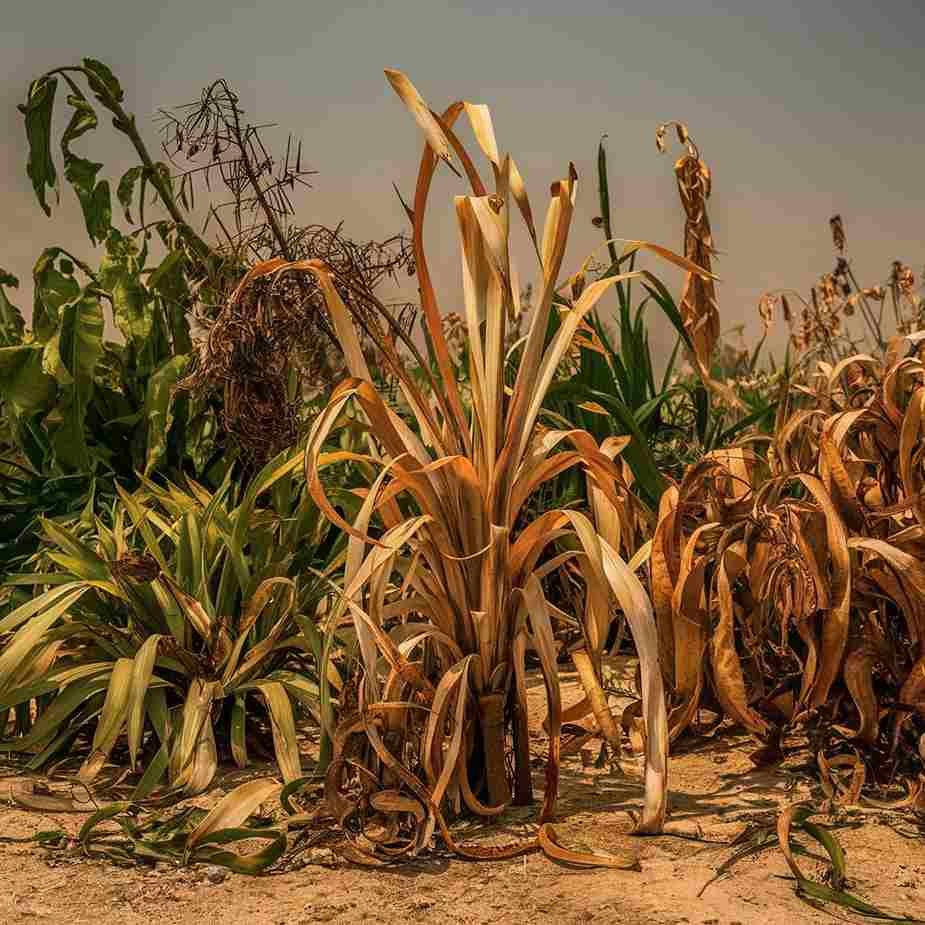The essential atmospheric conditions that specify the long-term weather patterns of a location are included in the elements of climate. Temperature is a measure of how warm or cold the atmosphere is; precipitation includes all types of water, including rain, snow, and hail; humidity is a measure of how much moisture is in the air; wind is a measure of how much air moves and in which direction; and solar radiation is the amount of energy that comes from the sun. These components work in concert to affect ecosystems, meteorological phenomena, and human activity by forming the climate of a particular place.
Table of Contents
Introduction to Elements of Climate
Climate, which includes the long-term trends and averages of weather over lengthy stretches of time, is a fundamental idea in comprehending our surroundings. Climate provides a more comprehensive view than weather, which is limited to the short-term atmospheric conditions and might vary hourly or daily. In order to forecast future changes in the environment and to design sustainable practices, scientists and researchers can identify important trends and patterns by concentrating on climate.

Knowing the elements of climate is crucial because it impacts many aspects of our existence, including energy use, infrastructure development, agriculture, and water supplies. When we discuss climate, we are referring to the culmination of different components interacting with one another over time. Temperature, precipitation, humidity, wind patterns, and air pressure are a few of the elements of climate variables. Taken together, these elements of climate establish the general climatic conditions and each contributes significantly to the formation of a region’s climate.
The way that temperature and solar radiation are related is especially clear when you look at how they affect farming practices together. A sufficient amount of solar radiation guarantees that crops get the energy required for photosynthesis, which affects yields and growth rates. Conversely, the germination, growth, and maturity of crops depend on ideal temperature ranges. Too high or too low of a temperature can have a negative impact on the productivity and health of plants. In order to create efficient agricultural strategies and guarantee food security, it is crucial to comprehend the dynamics of these elements of climate.
The Role of Solar Radiation in Crop Growth
Crop growth is fundamentally influenced by solar radiation, mainly through the process of photosynthesis. Using the chlorophyll in their leaves, plants absorb sunlight during photosynthesis, transforming solar energy into chemical energy that is stored as glucose. Plant development, growth, and reproduction depend on this energy. Sufficient solar radiation guarantees that plants can effectively generate the energy needed to maintain their metabolic activities and generate biomass.

Another critical aspect of solar radiations’ influence on crops is photoperiodism, which refers to the response of plants to the length of day and night. Photoperiodism regulates various growth stages, such as flowering, fruiting, and dormancy. For instance, some crops are classified as “long-day” plants, which require extended daylight periods to flower, while others are “short-day” plants, flowering when daylight hours are shorter. Understanding photoperiodism allows farmers to optimize planting schedules and select appropriate crop varieties for specific regions or seasons.
Various adaptation strategies have evolved by crops to deal with varying solar radiation levels. To lessen the effects of too much sunlight, certain plants, for instance, grow thicker leaves or change their leaf orientation. Anthocyanins, which are pigments that provide protection from UV radiation, may be produced by others. Some crops can even modify their growth patterns to match favorable solar radiation conditions, such as changing the timing of their blossoming.
Farmers and agricultural scientists can develop strategies to maximize crop production by comprehending the complex relationship between solar radiation and crop growth. To balance solar radiation levels, this entails choosing appropriate crop varieties, modifying planting dates, and utilizing shading strategies or artificial lighting. These kinds of activities are essential for raising agricultural yield and guaranteeing food security in the face of shifting weather patterns.
Temperature’s Impact on Plant Development and Yield
Temperature is a major factor in crop growth and yield, depending on the stage at which the plant is in. Every stage of a plant’s life cycle—from germination to maturity—is temperature-sensitive. For example, different crop species have different ideal temperature ranges for germination. Variations from these ideal temperatures have the potential to hinder or delay germination, which can have a negative impact on yields by causing poor seedling establishment.

Temperature continues to be an important factor in plant development even after a seed has germinated. To maximize productivity, the ideal temperature ranges for both the vegetative growth and reproductive phases are crucial. For example, warm-season crops like maize and soybeans need higher temperatures for optimal growth, while cool-season crops like wheat and barley do well in lower temperature ranges. Temperatures that deviate from these ideal ranges may cause plants to become less vigorous, grow more slowly, and produce fewer fruits.
On crop physiology, extreme temperatures—both high and low—can have a negative impact. Elevated temperatures, also known as heat stress, have the potential to harm cellular components, interfere with photosynthesis, and result in water loss through transpiration. Lower grain quality and decreased biomass may come from this. On the other hand, frost damage brought on by low temperatures can result in tissue death and cell rupture. Frost events can have a significant negative impact on fruit set and development during delicate stages, like flowering, which further lowers crop yield.
Climate change is causing global temperature patterns to shift, which creates new difficulties for crop production. Heatwaves that occur more frequently and intensely, along with erratic frost events, are becoming more typical. In order to maintain agricultural productivity in the face of fluctuating temperature regimes, these changes require the development of resilient crop varieties and adaptive management techniques.
Integrating Solar Radiation and Temperature for Optimal Crop Management
A thorough understanding of how temperature and solar radiation affect plant growth is essential for effective crop management. Optimizing these climate factors to increase crop productivity has been made possible by modern agricultural techniques such as greenhouse farming, controlled environment agriculture (CEA), and the strategic application of mulches and shade nets.
Farmers can control the growing environment with controlled environment agriculture (CEA), guaranteeing ideal temperatures and solar radiation levels. Regardless of the outside weather patterns, this technique uses advanced systems like heating, cooling, and LED lighting to create the perfect growing environment all year round. CEA is especially useful for increasing photosynthetic efficiency and lengthening growing seasons, which improves resource efficiency and yields.
Temperature and solar radiation management are other important aspects of greenhouse farming. Greenhouses allow for precise control over temperature and light exposure because they act as a barrier against external climate fluctuations. By adding sophisticated glazing materials and climate control systems, greenhouses can further improve light diffusion and lower heat loss, creating an environment that is ideal for plant growth.
Monitoring and controlling temperature and solar radiation has become much easier thanks to technological advancements. Real-time data on environmental conditions is provided by automated systems and sensors, which helps farmers make educated decisions. As a result of the predictive insights provided by weather forecasting and climate modeling tools, agricultural management practices can be proactively adjusted to reduce the negative effects of weather variability.
Farmers can greatly increase crop yields and sustainability by utilizing cutting-edge agricultural techniques and cutting-edge technology to harness the interaction of temperature and solar radiation. By ensuring that crops are grown in the most ideal conditions, this all-encompassing strategy eventually helps to conserve the environment and ensure food security.
Frequently Asked Question(FAQ)
What is solar radiation?
The energy that the sun emits, which includes visible, ultraviolet, and infrared light, is called solar radiation. It is the main energy source that powers the climate system on Earth.
How do solar radiation and temperature affect crop growth?
Temperature and solar radiation frequently interact in intricate ways to affect crop growth. For instance, elevated temperatures and strong solar radiation can raise evapotranspiration and cause water stress. On the other hand, low light levels and cold temperatures can impede photosynthesis.
Related Articles

